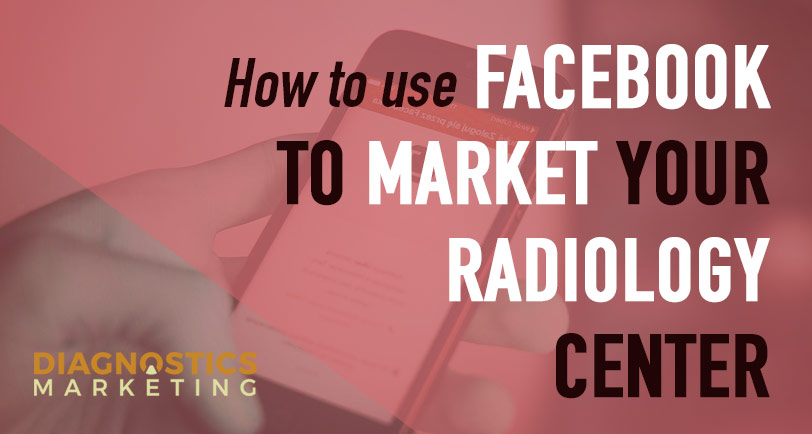Working in the healthcare industry in modern times is a constant balancing act. Leading in the healthcare industry now is a balancing act on a tightrope stretched over a pit of lava while juggling the most priceless things in the … Continue reading
Tag: imaging center
Where & How To Start an Imaging Center
There are two important questions to answer relating to starting an imaging center.
The first is: Should you open a diagnostic imaging center? The answer to this one will vary depending on who’s asking it.
The second is … Continue reading
There are two important questions to answer relating to starting an imaging center.
The first is: Should you open a diagnostic imaging center? The answer to this one will vary depending on who’s asking it.
The second is … Continue reading
New Imaging Center Secrets to Success
Owning an Imaging Center used to be a direct path to riches. Not anymore. In the past, before the Stark Law, anyone could open an imaging center, provide an incentive to physicians in the area to refer all of … Continue reading
Owning an Imaging Center used to be a direct path to riches. Not anymore. In the past, before the Stark Law, anyone could open an imaging center, provide an incentive to physicians in the area to refer all of … Continue reading
Effective Radiology Marketing Using Emails to Physicians From Your Diagnostics Center
Marketing to physicians should be a cornerstone of any imaging center’s overall strategy.
Effectively marketing to physicians comes down to professional relationships. Building and maintaining relationships with both current and prospective referring physicians is the name of the game. Email … Continue reading
Marketing to physicians should be a cornerstone of any imaging center’s overall strategy.
Effectively marketing to physicians comes down to professional relationships. Building and maintaining relationships with both current and prospective referring physicians is the name of the game. Email … Continue reading
How To Use Facebook To Market Your Radiology Center
Your Guide to Setting Up, Maintaining, and Growing Your Imaging Center’s Radiology Facebook Page
While most businesses now have a facebook page, radiology Facebook pages for imaging centers are less common than others. Even in the Medical industry, Facebook is … Continue reading
Your Guide to Setting Up, Maintaining, and Growing Your Imaging Center’s Radiology Facebook Page
While most businesses now have a facebook page, radiology Facebook pages for imaging centers are less common than others. Even in the Medical industry, Facebook is … Continue reading




